Vampire Bats Are Actually Spreading Across The US
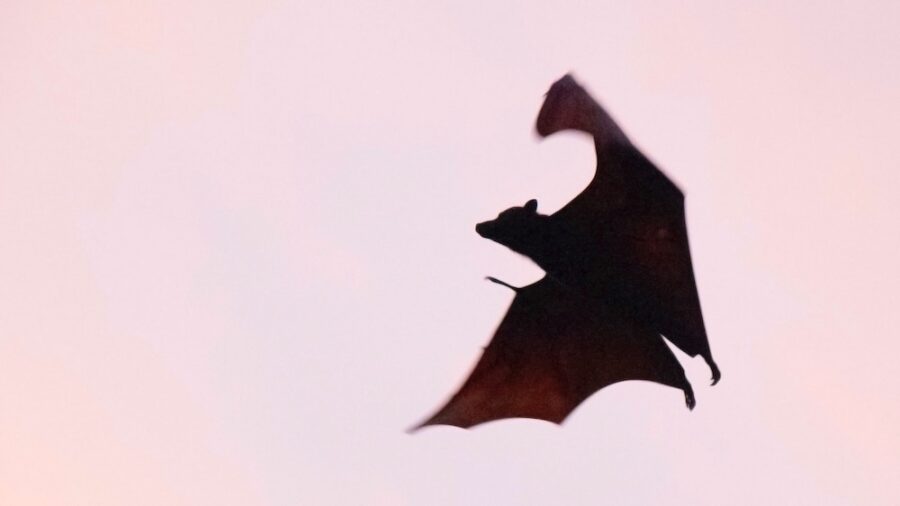
Historically, vampire bats hang out in Mexico, Central and South America, and a few Caribbean islands. But now, they’re coming for the blood of mammals in the U.S.! According to Science Alert, climate change is forcing blood-sucking bats to search for a new home and the climate in some parts of the United States could be the perfect solution.
Vampire Bats On The Move
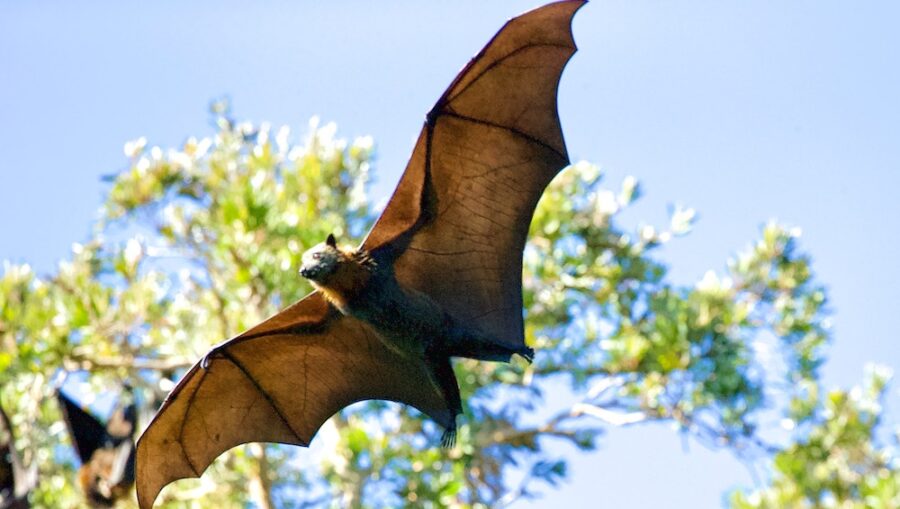
The study is being led by biologist Paige Van de Vuurst from Virginia Polytechnic Institute and State University.
After discovering that vampire bats are on the move up north, researchers have issued a stark warning about the imminent expansion of these Nosferatu flyers into the southern United States.
The reason these bats are checking out new real estate, the study revealed, is the escalating impact of human-induced global warming on climates.
Disease Transmission?
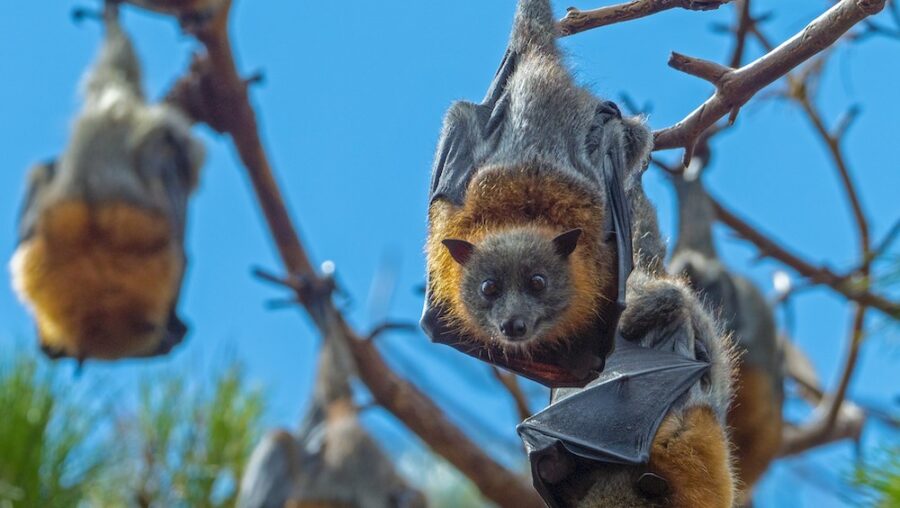
The study, published in Ecography, sheds light on a historical pattern of vampire bats extending their range northward in response to climate changes.
It raises concerns about potential disease transmission, particularly rabies, and its impact on wildlife, livestock, and, in rare instances, humans.
The focus of the study is on the common vampire bat (Desmodus rotundus), one of three species inhabiting Mexico, Central, and South America.
Climate Change The Issue?
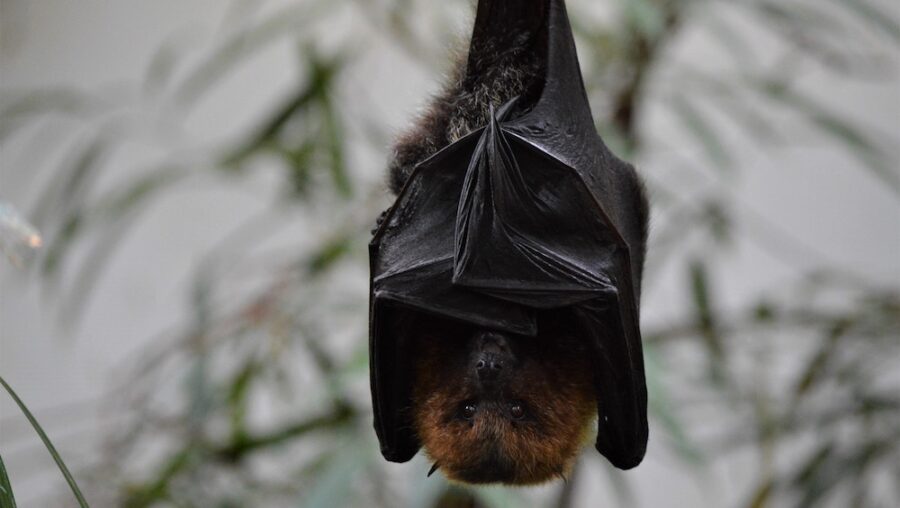
Climate change projections suggest that suitable habitats for these bats could emerge in parts of the southern U.S. by mid-century.
Historical data indicates that these fang-winged creatures historically migrated to new areas seeking more stable and temperate environments, prompted by extreme seasonal temperature variations in their existing ranges.
Potential Harm To Other Animals
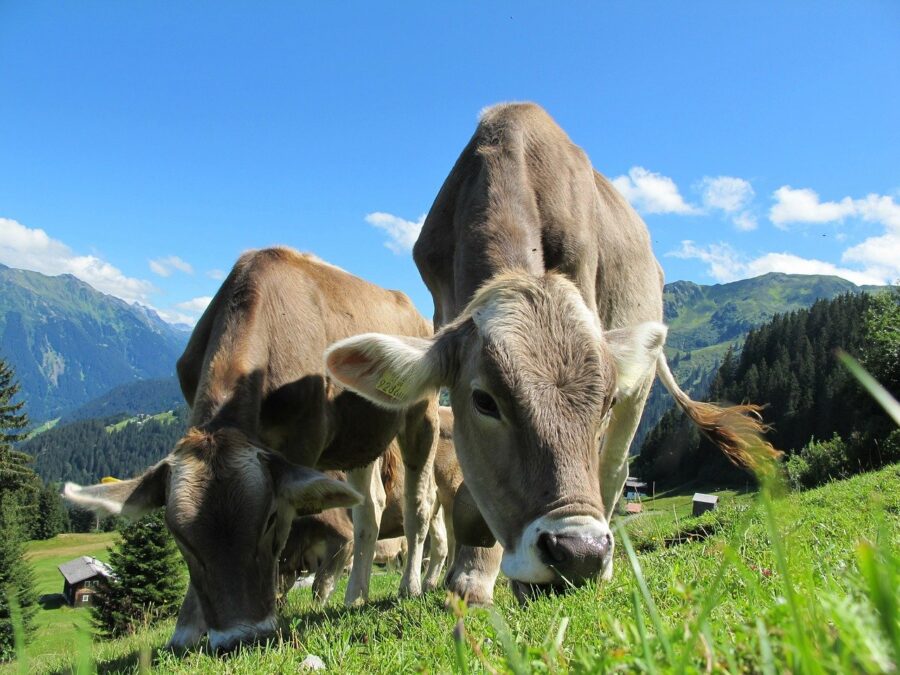
While the mere presence of vampire bats may not immediately trigger alarm, the potential transmission of diseases, especially rabies, poses a significant risk.
Livestock, including cattle and horses, are particularly vulnerable, as these are the animals that these twilight leechers typically prey on. Previous research has demonstrated that vampire bats can indirectly cause rabies-related fatalities in hundreds of cows each year.
Not Targeting Human Blood
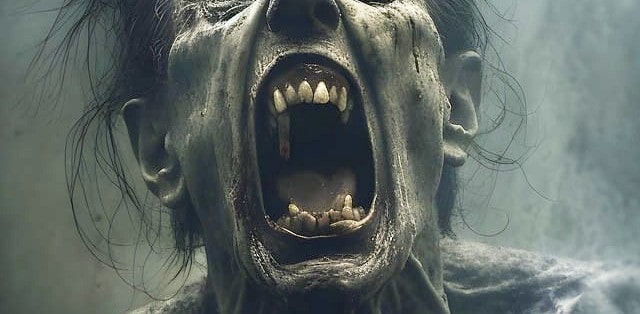
Vampire bats typically do not target humans for blood, but that doesn’t mean they won’t if they get really thirsty. Or, if a rabies-infected bat decides to do something wacky and out of the ordinary.
One of the symptoms of rabies is the disease’s ability to alter an animal’s behavior, making these bloodsuckers do something they typically wouldn’t do.
This study is part of a broader research initiative seeking to identify the current habits of vampire bats and track their movements.
Researchers analyzed data spanning from 1901 to 2019 to understand how geographic and environmental factors influenced the shift in the range of Dracula’s little minions and the spillover of rabies.
Vampire Bat Range Questions
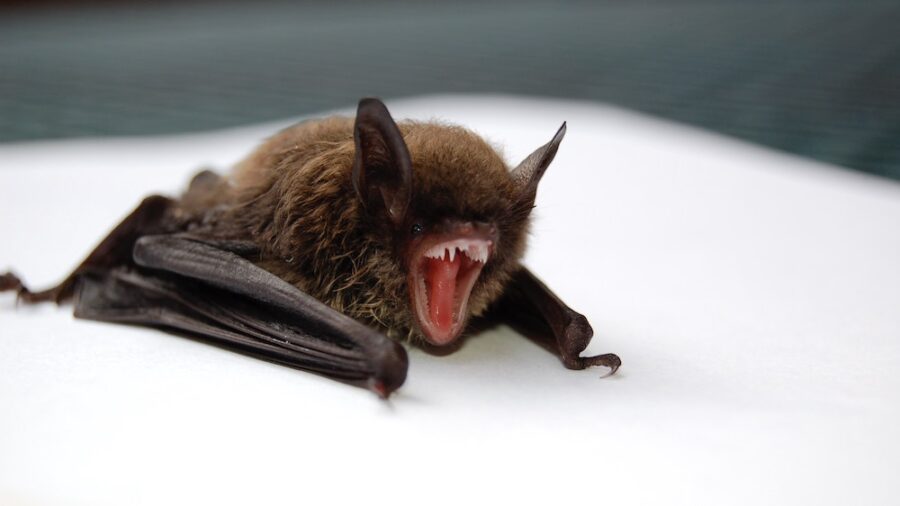
Ongoing efforts also concentrate on studying bat diversity in Colombia, a country renowned for its rich biodiversity. The researchers employ ecological niche modeling to comprehend how past climate changes correlate with vampire bat range shifts.
Additionally, the study investigates the relationship between climate change and the distribution of rabies reservoirs over time.
The research team is digging deeper to find more information on the connection between climate change, vampire bat range shifts, and the associated risk of rabies spillover from wildlife to domestic animals. Meanwhile, scientists are highlighting the need for proactive measures.












